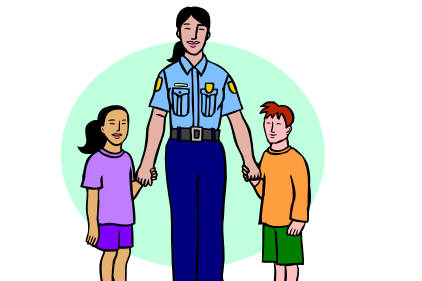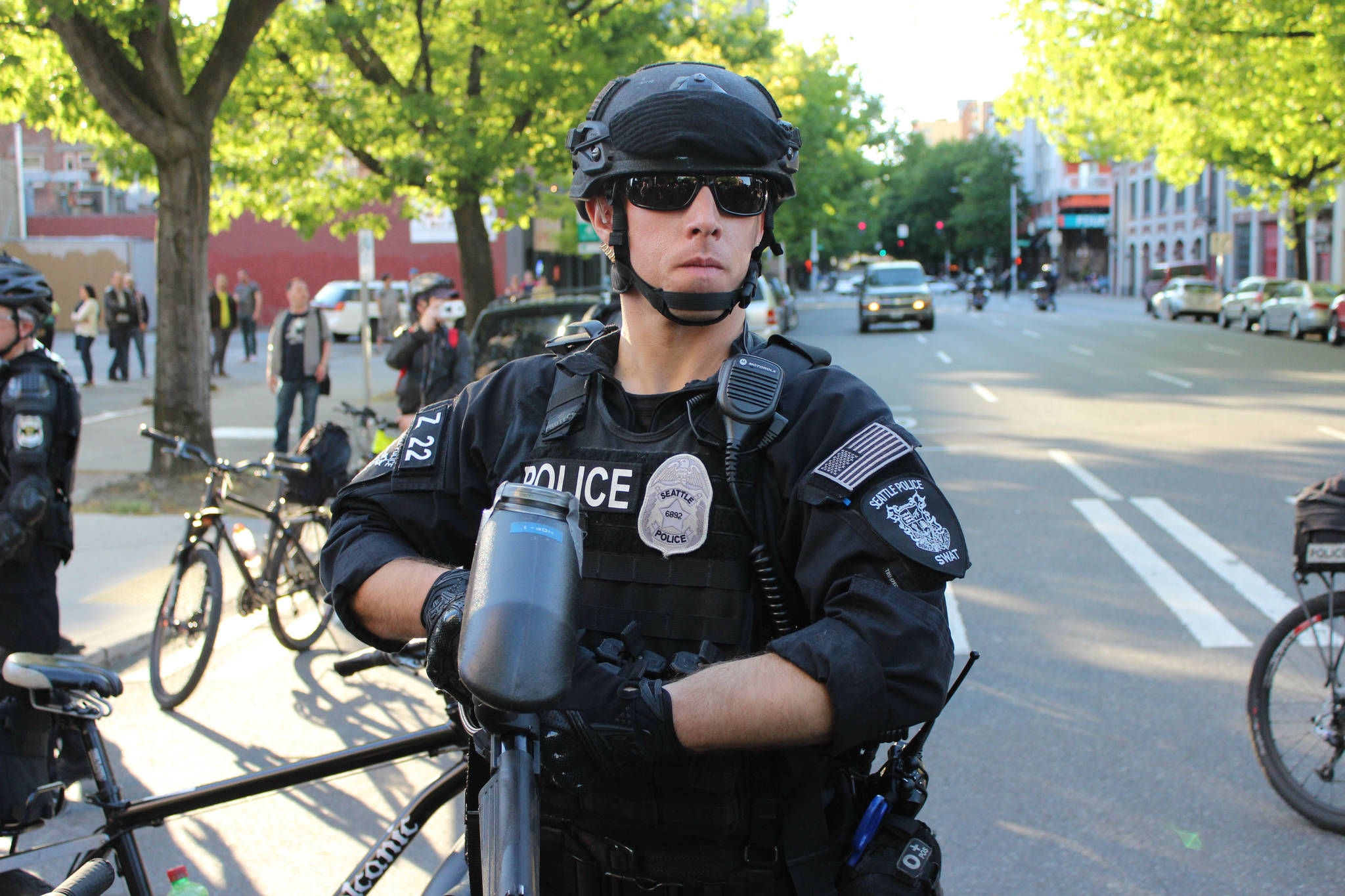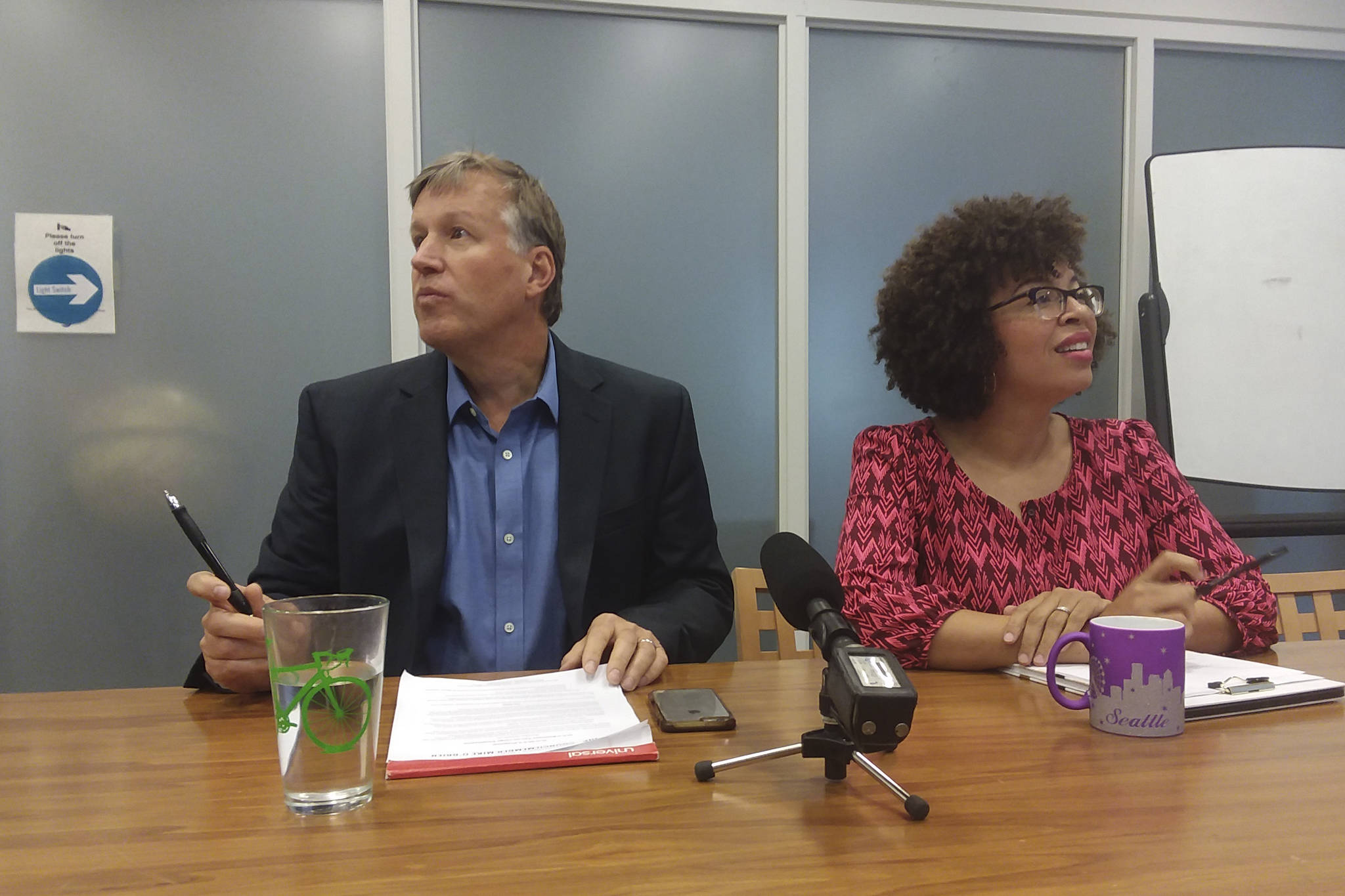In Washington over the past two decades, police have arrested more than 800 schoolchildren for the misdemeanor of “disturbing a school,” a crime that can include such behaviors as mumbling a curse word or writing on a desk, according to a new report from the state ACLU. On-campus police officers are ubiquitous at public schools across Washington, but few school districts require them to have any special training for dealing with youth. Even fewer schools require any kind of data collection of officer activities. And overwhelmingly, students, parents and teachers have little oversight of, and no recourse for conflicts with, school police officers.
The report is called Students Not Suspects: The Need to Reform School Policing in Washington State. It begins with this haunting passage:
“In December of 2015, Tucker, a 13-year-old Black student in Washington state, was arrested as a result of an incident that started when he mumbled a curse word to himself. Tucker’s teacher ordered him to go sit outside on a bench; when Tucker refused to go outside unprotected in the cold, his teacher called the school police officer. The officer grabbed Tucker, slammed him to the ground, and as Tucker flailed, put his knee of the back of Tucker’s head. Tucker was then arrested and booked into juvenile detention. He was charged with the crimes of ‘disturbing school’ and ‘disrupting a law enforcement officer.’” This anecdote illustrates the risks of putting cops in schools, and the report details how the murky line between school discipline and criminal liability allows school police officers to evade accountability for their own actions.
According to the report, school-based police officers are a relatively recent phenomenon, only arising nationwide in the past 20 years. The emergence of school police officers is partly a consequence of federal funding decisions, partly a response to the 1999 Columbine Massacre and other school shootings, and partly in response to perceived student rowdiness and disorder. “The rise in school policing cannot be attributed to a rise in dangerous crime in schools,” the report says. “Schools…are [statistically] safer now than they were 20 years ago.”
However, there is a pretty clear correllation between a school’s racial makeup and the likelihood of a police officer being stationed there. Here in Seattle, for instance, city police place “‘School Emphasis Officers’ in three of nine middle schools in the Seattle Public Schools,” the report says. “These three schools have student populations that are, on average, 77 percent students of color and 67 percent low-income, compared with a district-wide average of 38 percent students of color and 38 percent low income.” In other words, cops and students of color are concentrated in the same schools.
The report quotes one anonymous King County student comparing the experience of being in school to being in prison. “You have police,” said the student. “You have all these security guards. There are security cameras everywhere you go, in your class and even outside the bathroom. They treat you like you’re always about to do something.”
On the other hand, SPS is among the minority of Washington school districts that require some kind of training for campus police. And the report praises SPS’s policy on interviewing students because of the clear limits it puts on police’s authority to question them. No funding for the school police officers comes from the SPS budget.
We’ve asked SPD and SPS for their reactions the report. We’ll update this post if and when we hear back.
cjaywork@seattleweekly.com
The illustration for this post is taken from this SPS handout.








